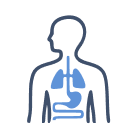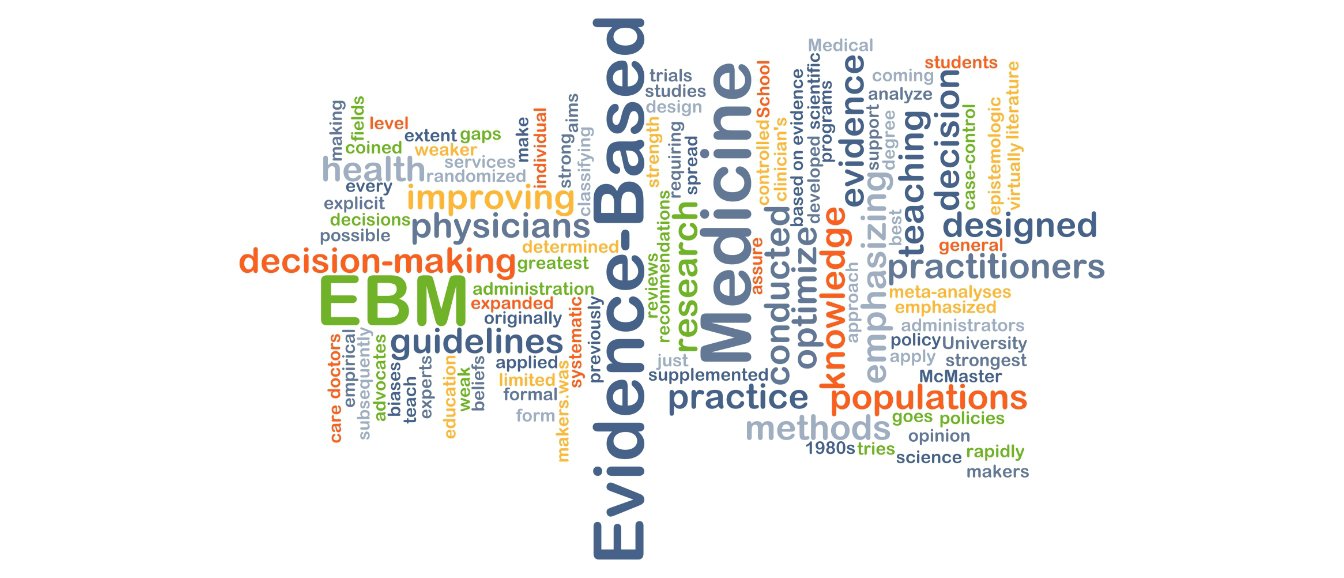Need for the clinical case registry in homoeopathy
India has atleast 3,45,404 registered homoeopathic medical practitioners, practicing in government or private clinical/research settings. Due to the unique tenets of Homoeopathy based on individualisation and the lack of standardised and well structured case recording format, there is a paucity of documented clinical cases.The Homoeopathic Clinical Case Registry (HCCR) is an important source of patient data that advances the field's research and applications. HCCR makes it easier to identify treatment patterns, evaluate treatment efficacy, and investigate new therapeutic modalities by methodically recording cases. Through the promotion of evidence-based decision-making and the improvement of patient care outcomes, this single database fosters collaboration among practitioners, academics, and policymakers. Furthermore, HCCR makes it possible to track adverse events, treatment outcomes, and illness patterns, all of which help to further improve homoeopathic interventions over time.
Case report of the month View All
-
a case of Benign Prostatic Hyperplasia
HCCR00726 | 05 Aug 2025Dr Xinix Xavier
Recent Case Report View All
-
a case of Benign Prostatic Hyperplasia
HCCR00726 | 05 Aug 2025 -
Case of Atopic Cough of 6 months treated with Homoeopathy- A Case Report
HCCR00249 | 31 Jul 2025 -
Role of homoeopathic medicine in the management of Guttate psoriasis -An evidence based case report
HCCR00839 | 22 Jul 2025 -
Homoeopathic Management of a Chronic Diabetic Foot Ulcer Avoiding Amputation: A Case Report
HCCR00838 | 22 Jul 2025
Most accessed View All
-
Sepia in menopause 3
HCCR00137 | 05 Mar 2025 -
Case of Atopic Cough treated with Homoeopathy
HCCR00242 | 11 Feb 2025 -
Evidence based Case report-Acute Intestinal Obstruction Treated Within Few Hours By Homoeopathy
HCCR00786 | 25 Feb 2025 -
A case report on Asthma in a 35 year old female successfully treated with Homoeopathic medicine Pulsatilla
HCCR00254 | 21 Jan 2025
Browse by case report
-
 Cardiovascular medicine
Cardiovascular medicine
-
 Certain infectious and parasitic diseases
Certain infectious and parasitic diseases
-
 Dermatology
Dermatology
-
 Ear, Nose and Throat
Ear, Nose and Throat
-
 Endrocrinology
Endrocrinology
-
 Gastroenterology
Gastroenterology
-
 Genitourinary System
Genitourinary System
-
 Gynaecology
Gynaecology
-
 Male Sexual System
Male Sexual System
-
 Musculoskeletal Disorders/Rheumatology
Musculoskeletal Disorders/Rheumatology
-
 Neurology
Neurology
-
 Oncology
Oncology
To be uploaded soon



How to write a case report?
Here's a step-by-step approach to writing a case report:
01
To reflect the nature of the case report, the phrase "a case report" must be included in the title. Select appropriate keywords from the Medical Subject Headings (MeSH), ensuring relevance to the case title to improve searchability and indexing. The patient consent form must be comparable to the uploaded sample consent form in order to ensure compliance with ethical principles governing patient rights and confidentiality.
02
Patient information: The patient's case needs to be detailed, including time, modalities, and extensions. The case must include information regarding both physical generals (appetite, thirst, sleep, and energy levels) and mental generals (emotions, fears, and overall mental state). Along with this take personal, family, and past history may also be recorded.
03
Clinical findings: Laboratory results and diagnostic photographs, such as relevant photos, histopathology slides, and other diagnostic tests, that have relevance to the primary diagnosis must be scanned and kept ready for uploading. Reports are to be arranged chronologically and include supporting documentation for stated recoveries.
04
Homoeopathic assessment: The repertorial chart and any additional relevant information needs to be uploaded. Prevalent Miasm must be identified and recorded for acceptable reasons based on an in-depth evaluation of the case history and symptomatology, as well as a comprehensive investigation.
05
Follow-up and outcomes: Follow-up entries must include essential information such as the date, prescription details, potency, dosage, prescription basis, and clinical outcomes. It is recommended that the Case reports may use the modified Naranjo criteria to ensure that the status of the case at baseline and follow up are at least recorded with scores, to validation the prescription rationale and clinical outcome scales.
Case Report
-
78 Researchers
-
37 Faculty
-
97 Homoeopathic Practitioners
-
76 PG Student
-
8 Reviewer
-
1 Supervisor
-
1 HCCR Admin
-
6995 Visitor
How to Register ?



















